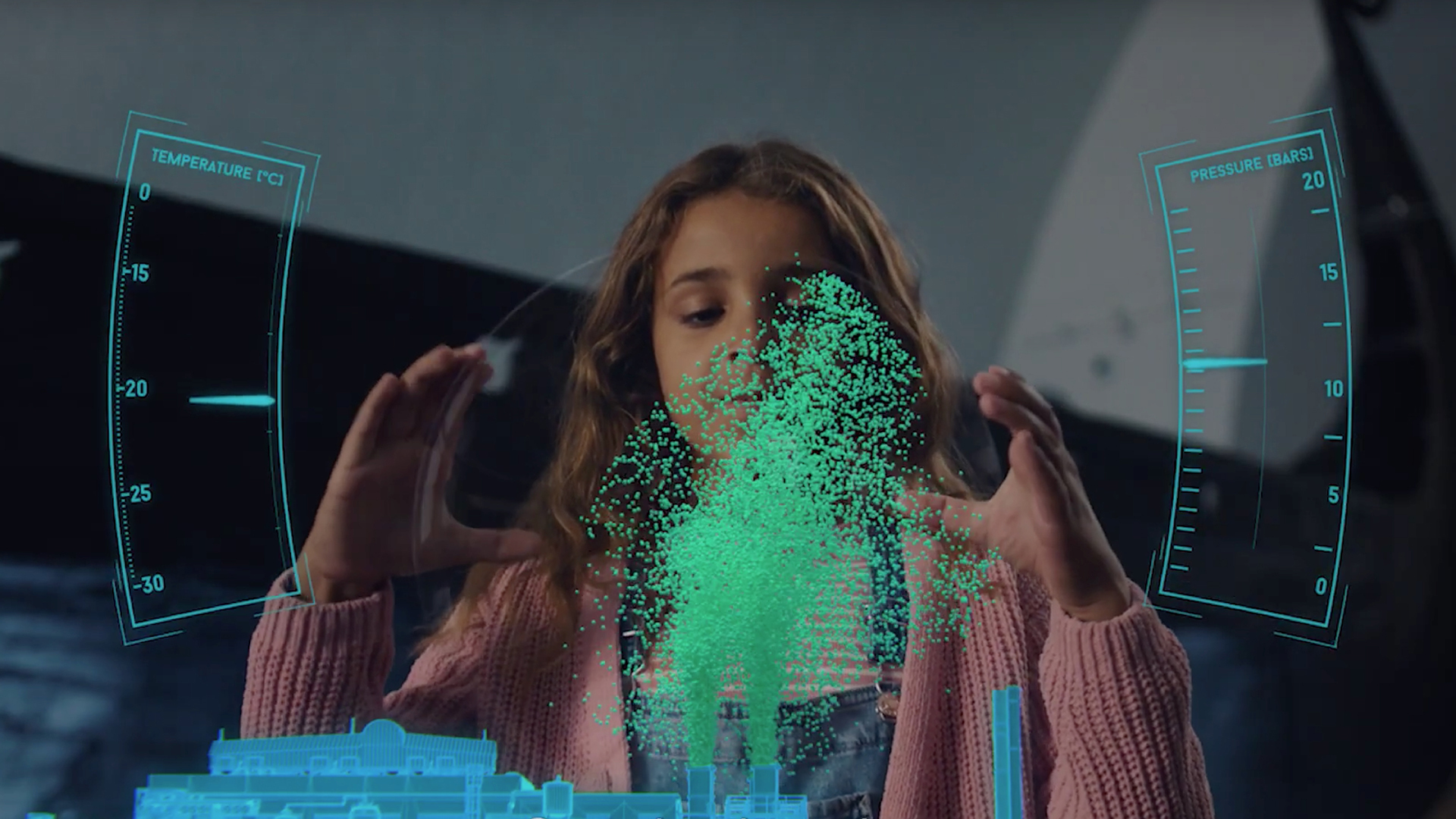About Longship:
The Longship CCS project consists of two capture operators and one transportation and storage provider.
- Heidelberg Materials’s site in Brevik (owned by HeidelbergMaterials) will capture CO2 at the cement factory there. The capture facility will capture around 400,000 tonnes of CO2 per year. The facility will be ready in 2024.
- Hafslund Oslo Celsio will capture CO2 from the energy recovery plant at Klemetsrud in Oslo. The capture facility will capture around 400,000 tonnes of CO2 per year. The facility will be ready in 2026.
- Northern Lights (owned by Equinor, Shell and TotalEnergies) is responsible for the transportation and storage side of Longship and has the capacity to store 1.5 million tonnes of carbon per year. The Northern Lights facility is in Øygarden. The facility will be ready in 2024.
The project is a collaboration between the Norwegian state and private sector.
The project is the first of its kind in the world, aimed at developing an infrastructure with the capacity to store significant amounts of CO2 from multiple countries. In August 2022, Northern Lights signed a Memorandum of Understanding on a commercial basis with Yara to store CO2 from Yara’s facility in the Netherlands.
Gassnova’s role in Longship has been to coordinate project planning, while Gassnova currently follows up on industrial operators’ projects on behalf of the state and coordinates the work on realising the benefits of these efforts. The realisation of benefits involves drawing out the knowledge gained from projects that will benefit future CCS projects.


